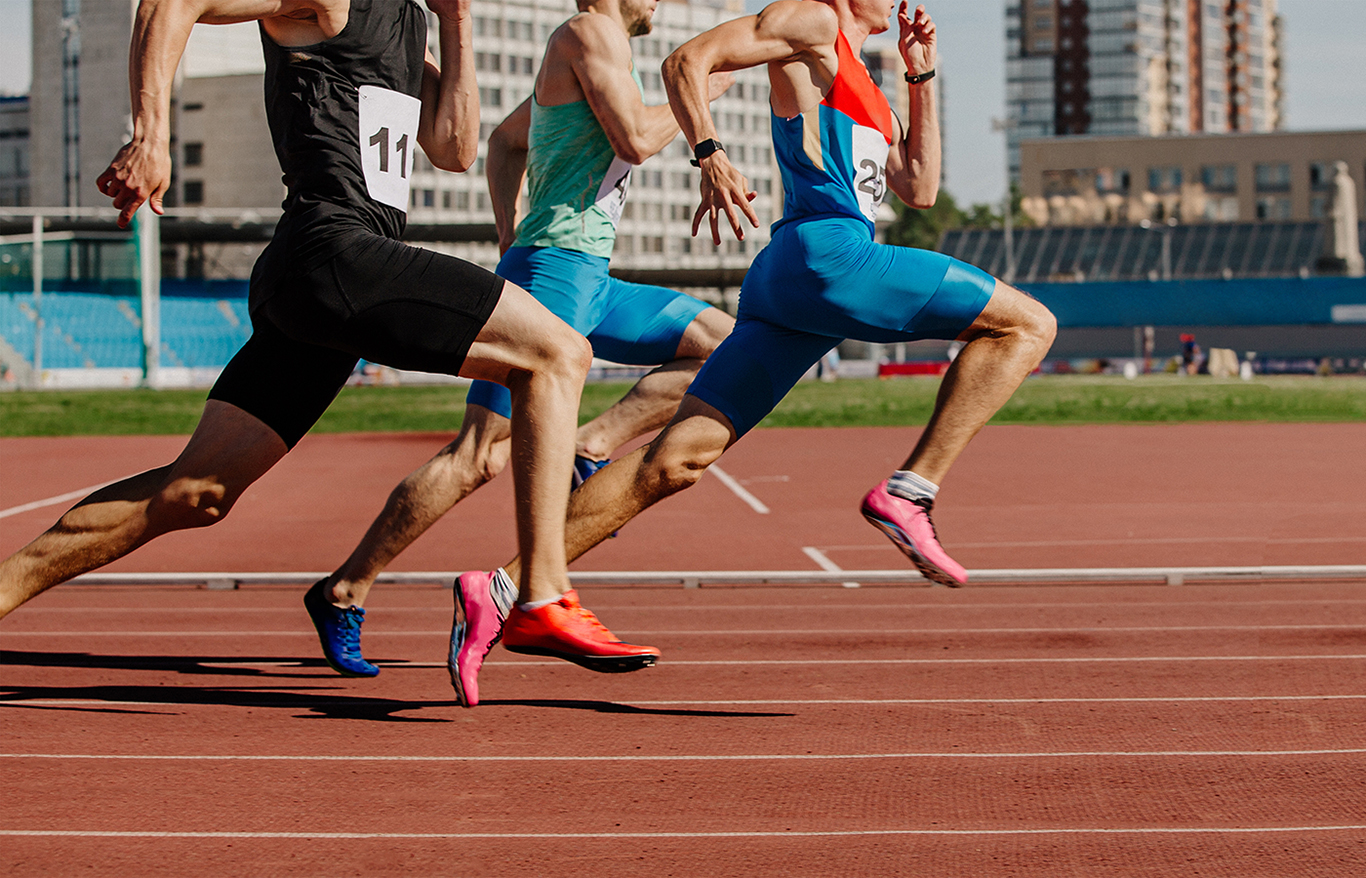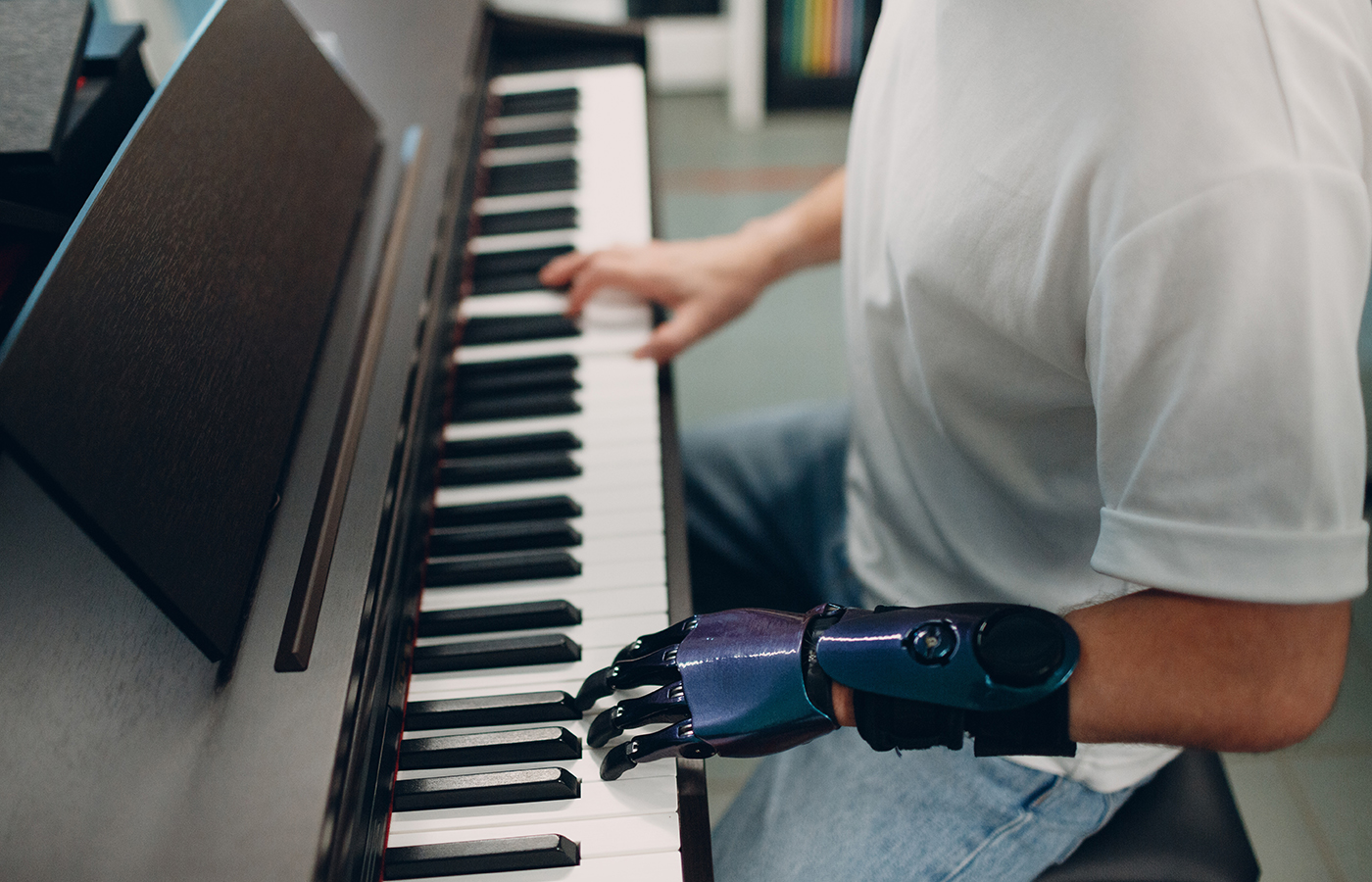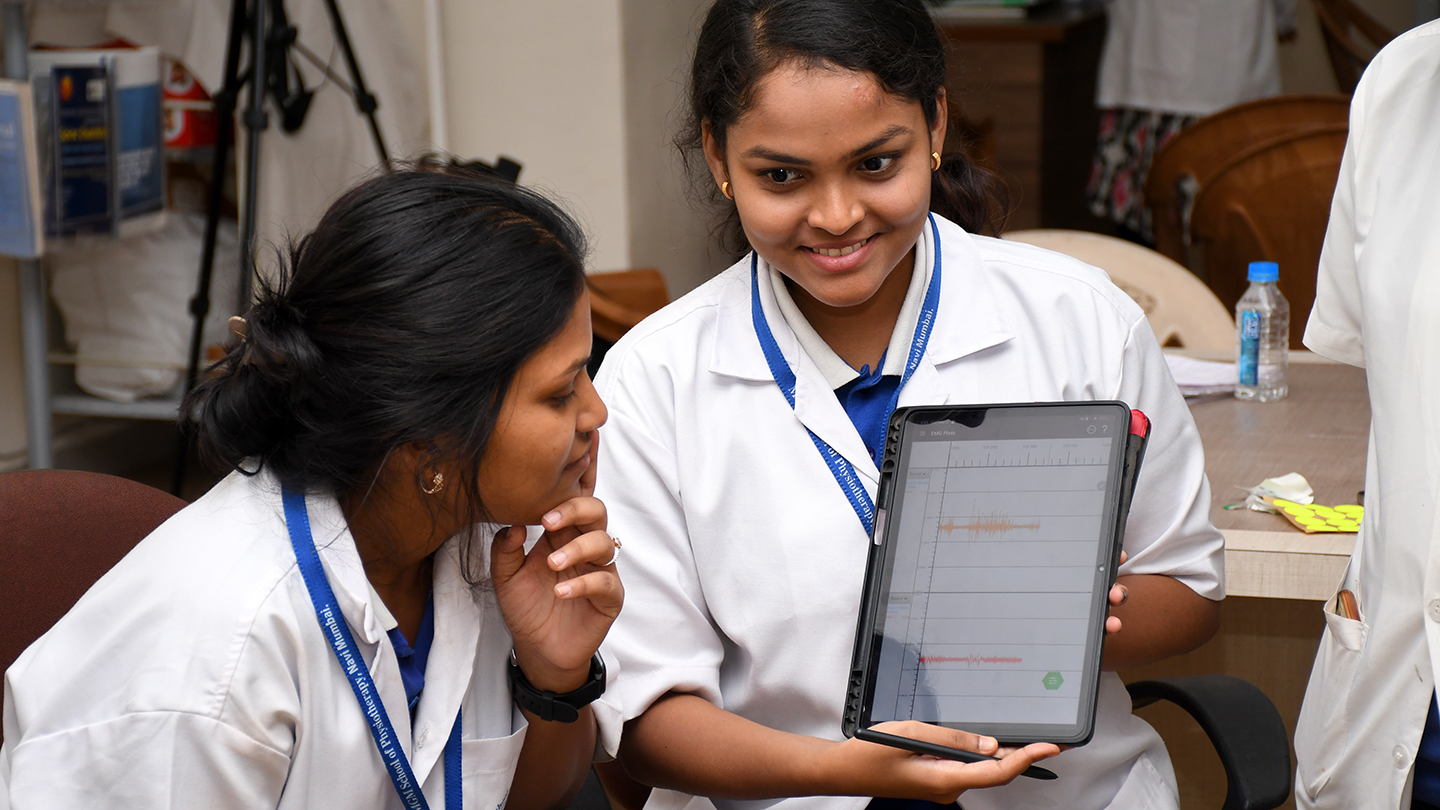Researchers at the University of Porto, Portugal are investigating the untapped potential of video “exergames” as tools for exercise and sports training.
With the ever-increasing popularity of video games, strong evidence has suggested that the sedentary natures of these games are a cause for serious health issues, including escalating obesity rates.
Hearing the concerns of the masses, several video game companies have taken the lead in creating fun and physically engaging games for their customers, encouraging them to get off the couch and live an active lifestyle.
But how much of a physical benefit do these games really provide? To help find the answers, Mr. Pooya Soltani and a team of researchers conducted a pilot study in which EMG activity was measured in ten healthy male subjects while playing the “Michael Phelps: Push the Limit” interactive swimming exergame for the Xbox 360 and Kinect.
Using the Delsys Trigno Wireless System, EMG data of five upper body muscles revealed elevated activity with an irregular distribution among the muscles, likely due to physical differences between playing the game and actually swimming.
Currently, there are no studies that quantify the effectiveness of sport exergames as a tool for fitness and sport-specific training. However, the acquired EMG levels are encouraging, and further studies will be conducted before any conclusions can be formed.
The hope is that the results will allow these exergames to be widely utilized as tools for safe and effective physical fitness practices. Exergame regiments could be implemented into physical education and rehabilitation programs, and as game designs improve, so would the opportunities to create a healthier world.
Until then, exergames will simply serve their intended purpose – to entertain people of all ages.
References
- Soltani, P., Figueiredo, P., Fernandes, R., Fonseca, P., Vilas-Boas, J.P. (2014). Muscle activation during swimming exergame. In: B. Mason (ed.), Book of proceedings of the XII International Symposium on Biomechanics and Medicine in Swimming. pp 248-252. Canberra, Australia.





